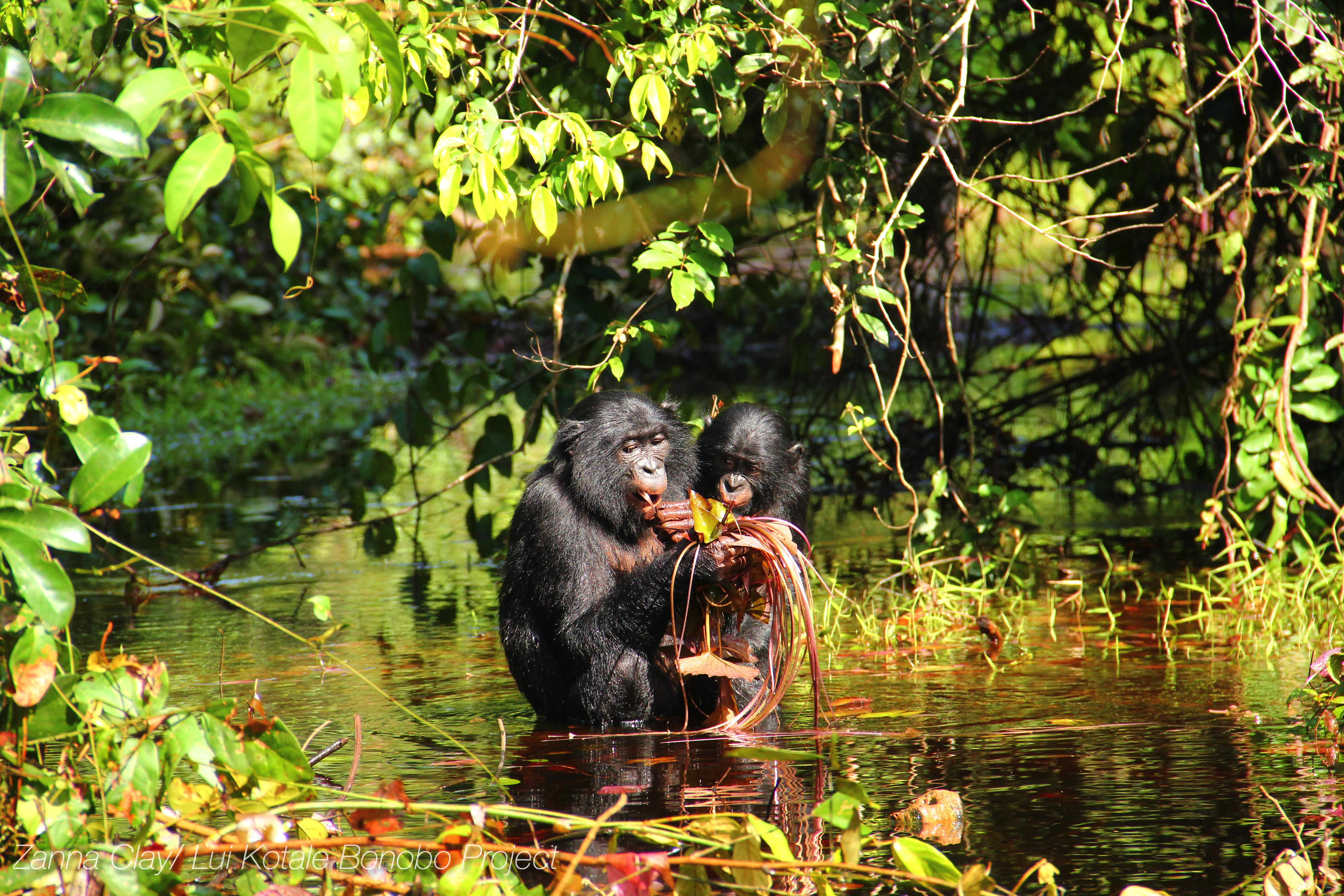Bonobo communication is a fascinating subject, revealing the intricate vocal patterns and social interactions among these remarkable primates. Research has shown that bonobos vocalize in ways that are strikingly similar to human speech, utilizing complex combinations of sounds to express emotions and coordinate group movements. This vocalization is not merely random; it reflects a deeper social complexity in bonobos, enlightening studies on language evolution. As scientists explore bonobo communication, they uncover the potential roots of how language developed in our own species. With each study, including crucial bonobo research conducted in the Kokolopori reserve, we move closer to understanding the nuances of animal communication and its implications for human language formation.
Exploring the vocal exchanges among bonobos, our closest relatives in the animal kingdom, unveils an extraordinary dimension of interspecies communication. These primates exhibit a rich tapestry of sounds, akin to a sophisticated language, which aids in articulating their social lives and emotional states. Observations of their vocal patterns not only shed light on animal communication but also offer valuable insights into the evolutionary pathways of language. As we delve into the social intricacies of these apes, we recognize that their ability to convey complex messages through vocalizations mirrors essential aspects of human communication. Ultimately, studying bonobo vocalizations informs our understanding of language’s evolutionary significance within the broader context of social complexity.
Understanding Bonobo Vocalization
Bonobos utilize a variety of vocalizations to communicate within their social groups, demonstrating a level of complexity akin to human language. This includes a range of sounds like whistling, peeping, and yelping, each serving a specific function in conveying nuanced messages. Research indicates that these vocalizations are not mere instinctual responses; rather, they represent an evolving form of animal communication that reflects their social intricacies. An example is Mia, a young female bonobo who vocalizes to coordinate with distant group members, highlighting how vocal signals help maintain social cohesion among bonobos.
The study of bonobo vocalization emphasizes the significant role of compositionality—the ability to combine different sounds to create new meanings—in their communication. Just as humans combine words to form sentences that express complex ideas, bonobos appear to use similar strategies in their vocal behavior. The researchers at the Kokolopori reserve found that vocal combinations from these primates can indicate upcoming actions, emotional states, or environmental cues, forming a structured ‘dictionary’ of sounds that conveys distinct meanings. Such findings push the boundary of animal communication studies, suggesting that the roots of sophisticated vocal interactions may be deeper than previously thought.
Frequently Asked Questions
How do bonobos use vocalization to communicate during social interactions?
Bonobos utilize vocalizations such as whistles and peeps to coordinate movements and express emotions during social interactions. These calls differ in meaning depending on the social context, demonstrating a form of animal communication that reflects sophisticated social bonds.
What does bonobo communication reveal about the evolution of language?
The study of bonobo communication indicates that the roots of language may predate humans. Bonobos exhibit compositionality in their vocalizations, suggesting complex language structures similar to what humans use, thus contributing to our understanding of language evolution.
How does social complexity relate to bonobo vocalization patterns?
Social complexity in bonobos is closely linked to their vocalization patterns. The need for intricate communication to maintain social bonds inspires the development of a rich vocal repertoire, making bonobo vocalization an essential aspect of their social organization.
What challenges did researchers face in studying bonobo communication?
Researchers faced significant challenges in studying bonobo communication, such as determining the context of each vocalization and distinguishing among various calls. They meticulously collected data to create a comprehensive dictionary of bonobo vocalizations that detail their meanings within specific social contexts.
Can you explain the concept of compositionality in bonobo communication?
Compositionality in bonobo communication refers to the ability to combine various vocal sounds into complex calls that convey specific meanings, similar to how words form phrases in human language. This ability enhances their communication about social situations and emotions, indicating advanced cognitive skills.
How do bonobos maintain group cohesion through vocalization?
Bonobos maintain group cohesion through vocalization by using specific calls to rally group members or signal distress. These vocalizations enable them to coordinate movements and emotions effectively across distances, showcasing the importance of vocal interactions in their social dynamics.
What insights have researchers gained from bonobo research about animal communication systems?
Bonobo research has provided deep insights into animal communication systems by demonstrating how complex vocal behaviors and compositionality can reflect intricate social structures. This helps clarify the evolutionary links between human and non-human communication strategies.
Are there similarities between bonobo vocalization and human language?
Yes, there are notable similarities between bonobo vocalization and human language. Both use compositionality and complex structures to convey meaning, suggesting that certain elements of language may have emerged from shared ancestral traits rather than developed exclusively in humans.
| Key Points |
|---|
| Mia, a young bonobo, vocalizes to communicate with distant group members. |
| Bonobos exhibit vocal complexity similar to early human language, indicating a shared evolutionary trait. |
| The study highlights bonobos’ use of ‘word compounds’ and phrases in their communication. |
| Compositionality in bonobo communication allows for the expression of complex social situations. |
| The research involved extensive observation of vocal behavior in the wild, creating a ‘dictionary’ of bonobo calls. |
| Findings suggest that complex social structures in bonobos correlate with their advanced communication systems. |
Summary
Bonobo communication is a fascinating area of study that reveals important insights into the social structures and cognitive capabilities of these primates. The research demonstrates that bonobos not only vocalize but also use their vocalizations in complex, nuanced ways, similar to the early forms of human language. Understanding bonobo communication can shed light on the evolutionary roots of human language, highlighting the sophisticated nature of their social interactions and the importance of vocal complexity in maintaining group dynamics.
